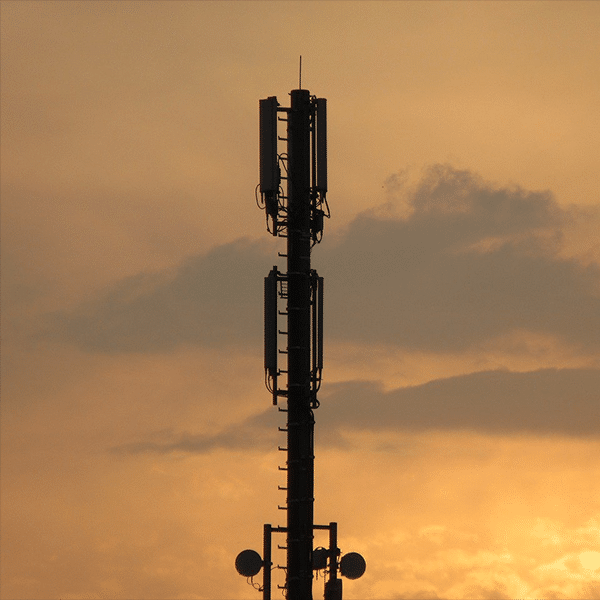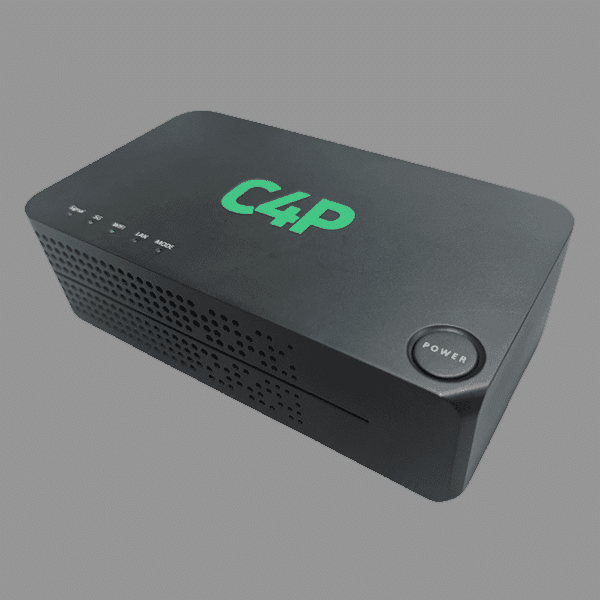AT&T and the University of Tennessee, Knoxville are working together on research aimed at advances “beyond conventional engineering” in the defense, public safety, healthcare, education, entertainment, banking and other sectors.
The research will use the carrier’s mmWave-based 5G+ network and multi-access edge computing (MEC) technologies. AT&T identified three areas of research:
- Bringing 5G to rural areas;
- Expanding academic and training offers for students
- Using mmWave to “see through” physical barriers.
The latter research, to be undertaken by the military, aims to use mmWave radars to enable soldiers to have visibility through walls and other barriers. The resulting system will include capabilities allowing images to be transmitted in near real time.
The university has formed a faculty group from several departments in the Tickle College of Engineering to collaborate on research, teaching, funding initiatives and creation of partnerships within the industry and the UT community. The campus is in a research-rich area that includes the Oak Ridge National Laboratory, The University of Tennessee Research Park at Cherokee Farm and other UT campuses and institutes.
“Bringing AT&T 5G to the University of Tennessee’s already robust research community opens the door for exploring new possibilities, developing innovative solutions to real-world problems and furthering ambitions to make a positive and productive impact on society,” Jason Porter, the President of AT&T Public Sector and FirstNet, said in a press release. “The possibilities are wide open with 5G and we look forward to delivering the capabilities that will power the innovative solutions and applications that the students, faculty and other researchers develop.”
UT is not the only university with which AT&T is working. In June, the carrier said that it and the RELLIS Campus of Texas A&M will make testbeds available to public and private sector organizations this fall. The testbeds will be used for research on autonomous and connected vehicles, robotics, roadside safety and physical security, large-scale infrastructure, autonomous agriculture and Internet of Things (IoT) applications.



